

James Wong
2026 Audi SQ5 review: Quick drive
5 Days Ago

News Editor
Stellantis is getting ready to bring a new inline six-cylinder engine to market, and it’s made a cameo appearance on Jeep’s US website.
Mopar Insiders reports the new twin-turbocharged 3.0-litre inline-six engine that’s known internally as GME-T6 – short for Global Medium Engine – was briefly visible on the Grand Wagoneer configurator.
The outlet reports word from sources the GME-T6 will be offered first in high-output guise, with standard-output and plug-in hybrid variants to follow in 2024.
According to the Grand Wagoneer configurator, which has since been updated to remove the engine, it’ll be a US$2000 option over the standard 351kW/616Nm naturally-aspirated 6.4-litre V8.
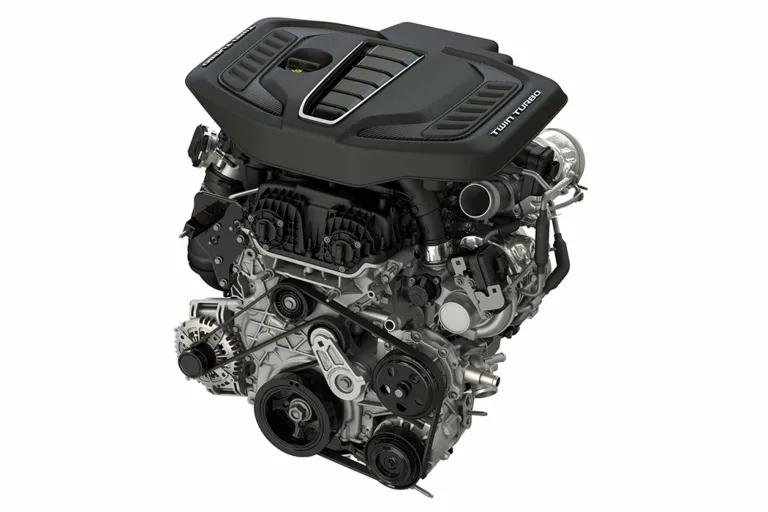
It’ll reportedly be offered exclusively with a ZF-sourced eight-speed torque-converter automatic transmission, and produce between 298kW and 316kW of power.
The standard-output version could make its way into the less luxurious Wagoneer, while the plug-in hybrid could offer a total system output of 391kW.
Beyond these full-sized, Ram 1500-derived SUVs, there are plenty of other vehicles for which the GME-T6 would make sense, with the Ram 1500 being an obvious choice.
Mopar Insiders expects the engine to be rolled out to the Jeep Grand Cherokee and next-generation Dodge Challenger and Charger line-ups.
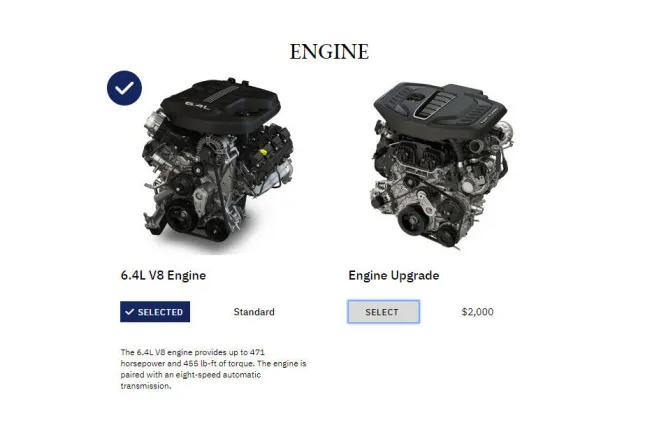
Production of the new twin-turbo six engine is reportedly underway at Stellantis’ Saltillo Engine Plant in Mexico, which currently builds Hemi V8s, and Jeep’s brand chief has previously teased a reveal at next month’s New York motor show.
It could serve as a replacement for the venerable 5.7-litre Hemi V8, currently used in the Dodge Charger, Challenger and Durango, as well as the Jeep Grand Cherokee and Wagoneer, Ram 1500 and Chrysler 300.
The redesigned WL Grand Cherokee has already been revealed for Australia sans the V8, which is part of the line-up in North America.
In some models, such as the newer DT-series Ram 1500, the V8 is mated with a 48V mild-hybrid system Stellantis calls eTorque.
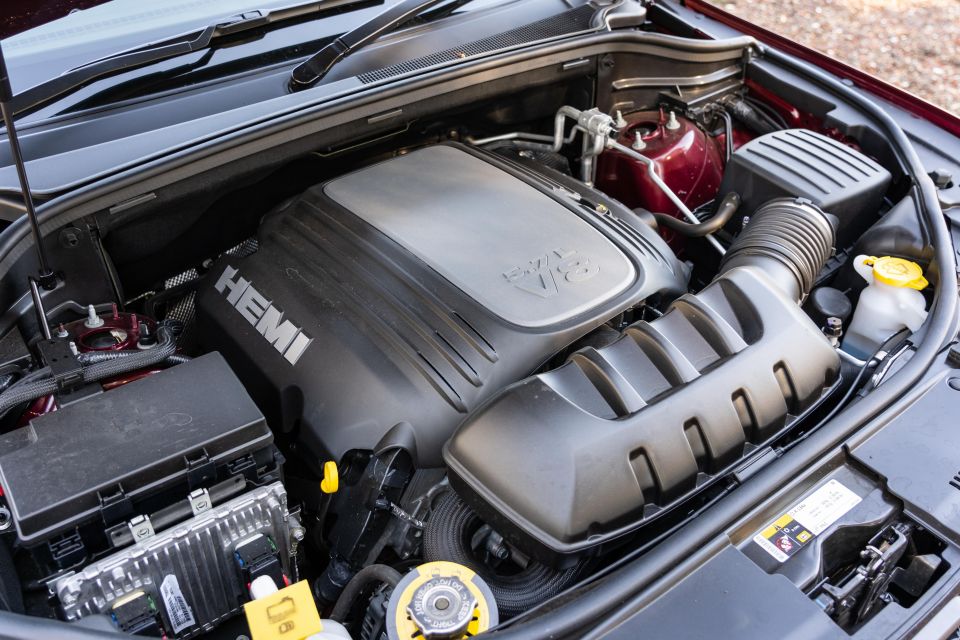
The current generation of Hemi V8 first entered production in 2003, though it’s received numerous updates since then.
It’s also spawned a couple of high-profile variants, such as the 6.4-litre V8 used in the likes of the Jeep Grand Cherokee SRT and Chrysler 300 SRT, among others, and the legendary supercharged 6.2-litre ‘Hellcat’ V8.
While Australians often associate full-sized American pickups and SUVs with V8 engines, boosted sixes have made serious inroads.
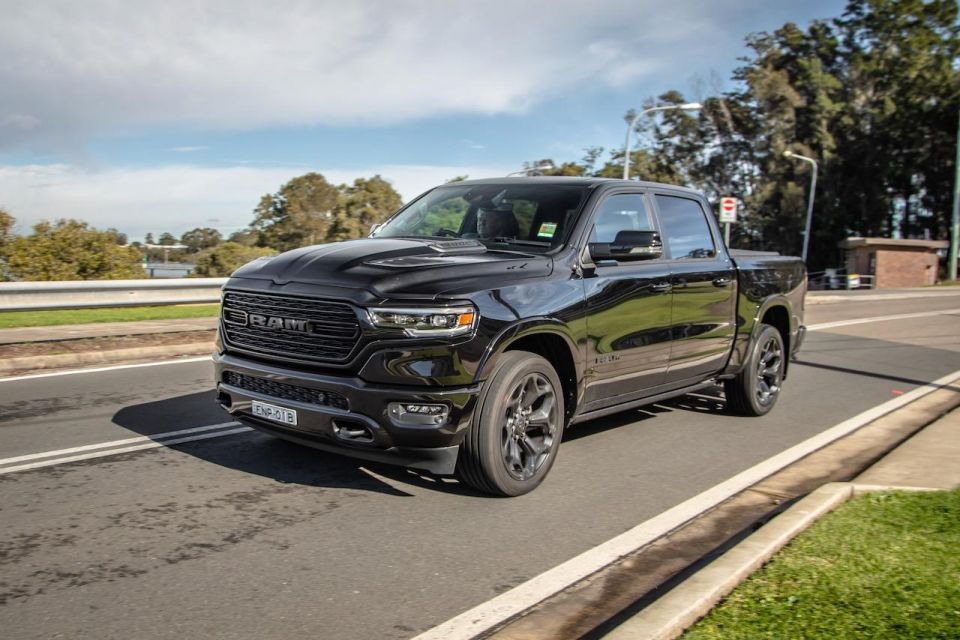
Over half of all Ford F-150 sales are of twin-turbo V6 Ecoboost models as the V8 has become increasingly niche, while the related Ford Expedition and Lincoln Navigator SUVs haven’t offered the option of a V8 for several years.
The 3.5-litre twin-turbo EcoBoost V6 pumps out between 300kW and 680Nm (standard F-150) and 340kW and 690Nm (F-150 Raptor), with a smaller 2.7-litre twin-turbo V6 also available in the F-150.
The Chevrolet Silverado 1500 and its GMC Sierra cousin, plus their SUV counterparts, continue to offer a choice of 5.3-litre and 6.2-litre V8 engines, though GM has rolled out smaller turbocharged 2.7-litre four-cylinder petrol and offers a 3.0-litre inline-six turbo-diesels.
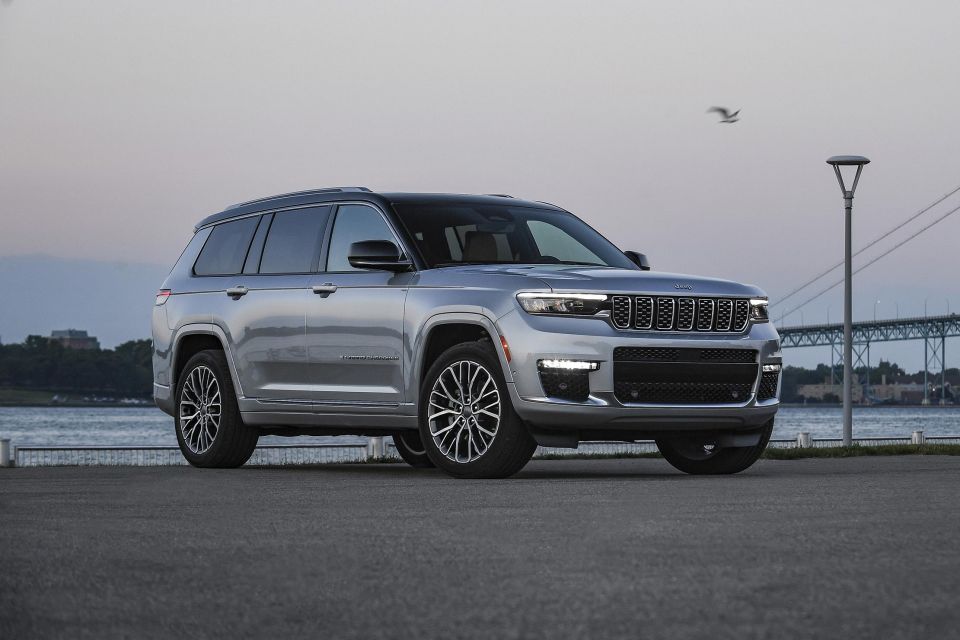
Stellantis, meanwhile, hasn’t offered a higher-output petrol six above its venerable Pentastar 3.6-litre V6, though it offers a 3.0-litre turbo-diesel V6 in the Ram 1500.
The introduction of the GME-T6 represents a return to inline-six engines for Stellantis’ American brands.
It last offered its atmo 4.0-litre inline-six, an evolution of an old American Motors Corporation (AMC) engine, in the Jeep Wrangler in 2006.
Stellantis may be preparing to roll out a new range of internal-combustion engines, but it’s also diving further into the electric vehicle arena.
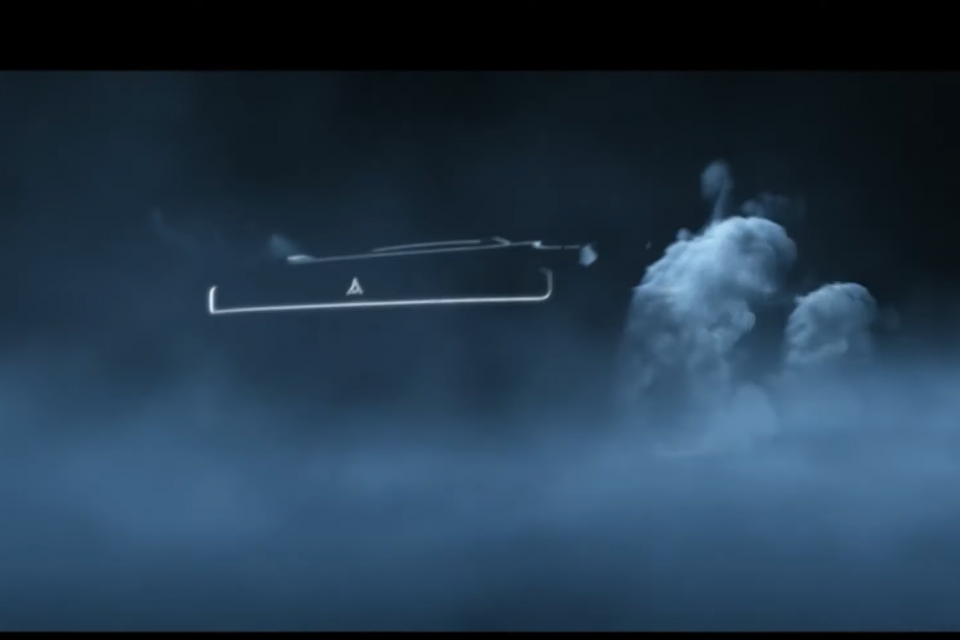
It’s getting ready to introduce a range of vehicles across four “BEV-centric” architectures: STLA Small, STLA Medium, STLA Large and STLA Frame.
STLA Large will underpin, among myriad other vehicles, a new electric muscle car for the Dodge brand that will serve as a new halo in the post-Hellcat era. It’s due in 2024.
Vehicles on the architecture will offer 400V or 800V technology and batteries measuring 101-118kWh.
They’ll offer up to 800km of range, and feature both single- and dual-motor electric powertrains with electric motors each producing between 150 and 330kW of power.
Where expert car reviews meet expert car buying – CarExpert gives you trusted advice, personalised service and real savings on your next new car.
William Stopford is an automotive journalist based in Brisbane, Australia. William is a Business/Journalism graduate from the Queensland University of Technology who loves to travel, briefly lived in the US, and has a particular interest in the American car industry.


James Wong
5 Days Ago


Max Davies
4 Days Ago


Josh Nevett
2 Days Ago


Max Davies
2 Days Ago
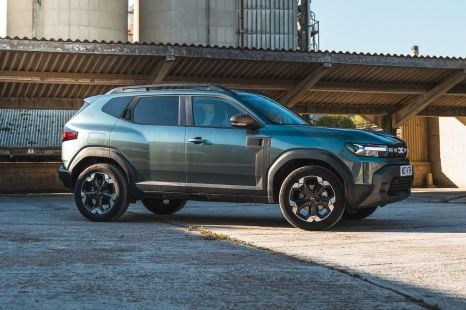

Damion Smy
2 Days Ago
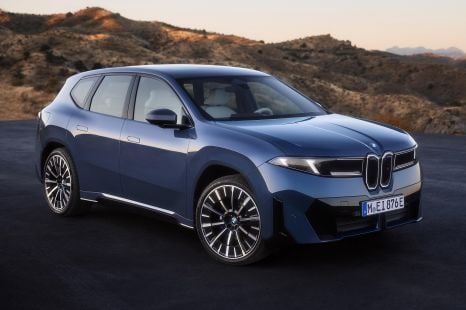

William Stopford
1 Day Ago